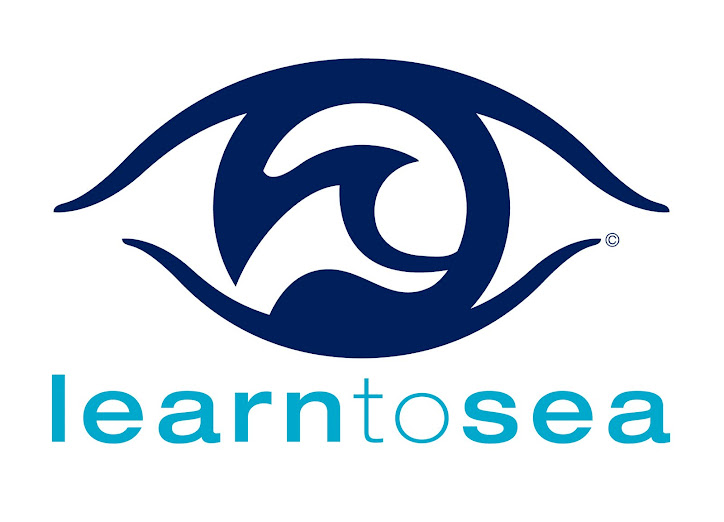It has been a while - apologies for the delay in confirming that yes it was a short snouted seahorse!
This December is an important month for our global environment. World leaders from 192 countries will be meeting to create a global deal on climate change. The 4 essential requirements for this international agreement are:
1.) How much are industrialised countries willing to reduce their emissions of greenhouse gases?
2.) How much are major developing countries such as China and India willing to do to limit the growth of their emissions? 3.) How is the help needed by developing countries to engage in reducing their emissions and adapting to the impacts of climate change going to be financed? 4.) How is that money going to be managed?
We are all too aware now that our climate is changing. The evidence is all around us both locally and further afield. There is an increased frequency of “freak” weather events – tornadoes, tsunamis and earthquakes appear to be a more regular occurrence. Our climate is certainly changing with wetter Summer’s and seasonal inconsistencies. It’s difficult to understand how it is changing & how to predict the change but it is changing and rapidly beyond the course of Nature’s global cycles. There are many predictions about the effects but we are sure change is afoot - there are now established organisations to reduce the impact of climate change in the UK and abroad. The Maldives are already in discussion about where their refugees will reside when the islands are gone. Indeed, estimations predict that global warming could create 150 million “climate refugees” by 2050.
Sea level is rising and our ice caps are melting. What else is the future of our seas and oceans as far as climate change goes? Well, firstly it’s important to reiterate that our atmospheric oxygen comes from trees and plankton. Scientists theorise that up to 50% of atmospheric oxygen comes from phytoplankton in our seas. It may surprise some to know that the sea acts as a great source and sink of atmospheric gases – both good and bad! As well as the contribution to the “Greenhouse Effect” the ocean absorbs more than 25% of carbon dioxide emissions. In response to this the ocean is becoming more acidic. Extreme ocean acidification could make it harder for anything that needs a shell to grow and for organisms to breathe and reproduce - some will be more sensitive than others such as giant squid and there could be economic impacts on fisheries such as the shellfish industry. Could ocean acidification affect this important powerhouse that is phytoplankton? We can’t be sure but it’s another reason to do something to minimise the impact of our wasteful ways.
On Tuesday 1st December at 7.30pm there will be a showing of, “The Age of Stupid”. This is the new four-year epic from McLibel director
Franny Armstrong. Oscar-nominated
Pete Postlethwaite stars as a man living alone in the devastated world of 2055, looking at old footage from 2008 and asking: why didn’t we stop climate change when we had the chance?
It’s a great film and whilst it may seem a tad heavy leading up to the Christmas period it demonstrates real glimmers of hope. There are demonstrations of how we as a global and local community are becoming far more aware, pro-active and considerate. Locally, in the South Hams we have the second highest recycling rates in England, Modbury was the first plastic bag free town our beach cleans are well attended and we should be proud and encouraged by our collective efforts. It’s not all doom and gloom! In view of the Copenhagen conference I thought it might be timely to show this film and to voice our support to the UK government for reduction in emissions. Learn To Sea is putting on this video free of charge but donations will be welcomed to cover the costs of the license and use of the village hall.
Whilst our UK representatives are making decisions about how the UK can reduce any impact of climate change, I hope that watching this film might also spurn us on to making further commitments for the future. Please do come along.


 Learn To Sea has had a great new aquatic adventure! Now, Maya has teamed up with Anna Turns from Whitestrand Boat Hire to run Salcombe Sea Safaris. Salcombe estuary is a very unique and special place - so much so that it's classed with the conservation designation - a Special Site of Scientific Interest (SSSI). It has a whopping 6 m tidal range and boasts some incredible marine wildlife. It has seagrass beds, corals - yes corals!, dolphin visitors, 4 of the 14 found Bristish intertidal fan mussels, mackerel and scallops all residing in it's safe and salty waters! (It has no river input but is a sunken valley - it's this sheltered salty area which makes it such a great home to so much wildlife.)
Learn To Sea has had a great new aquatic adventure! Now, Maya has teamed up with Anna Turns from Whitestrand Boat Hire to run Salcombe Sea Safaris. Salcombe estuary is a very unique and special place - so much so that it's classed with the conservation designation - a Special Site of Scientific Interest (SSSI). It has a whopping 6 m tidal range and boasts some incredible marine wildlife. It has seagrass beds, corals - yes corals!, dolphin visitors, 4 of the 14 found Bristish intertidal fan mussels, mackerel and scallops all residing in it's safe and salty waters! (It has no river input but is a sunken valley - it's this sheltered salty area which makes it such a great home to so much wildlife.)



